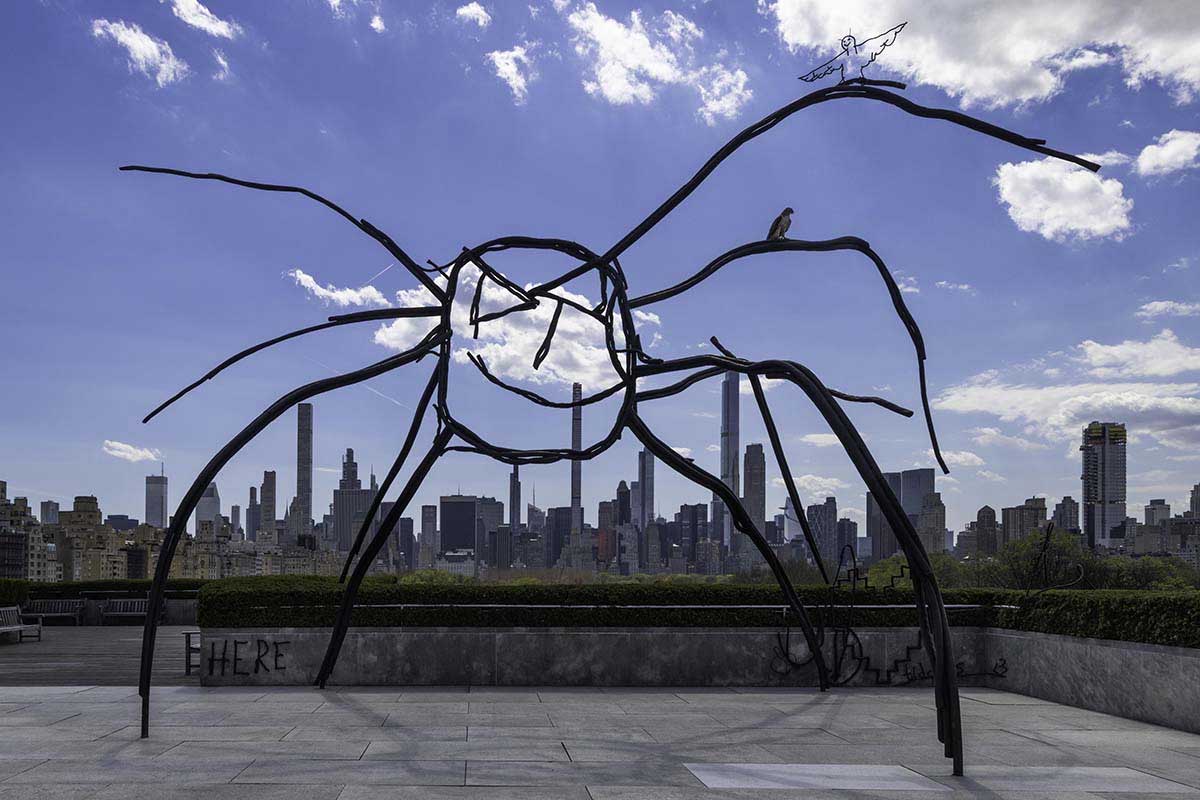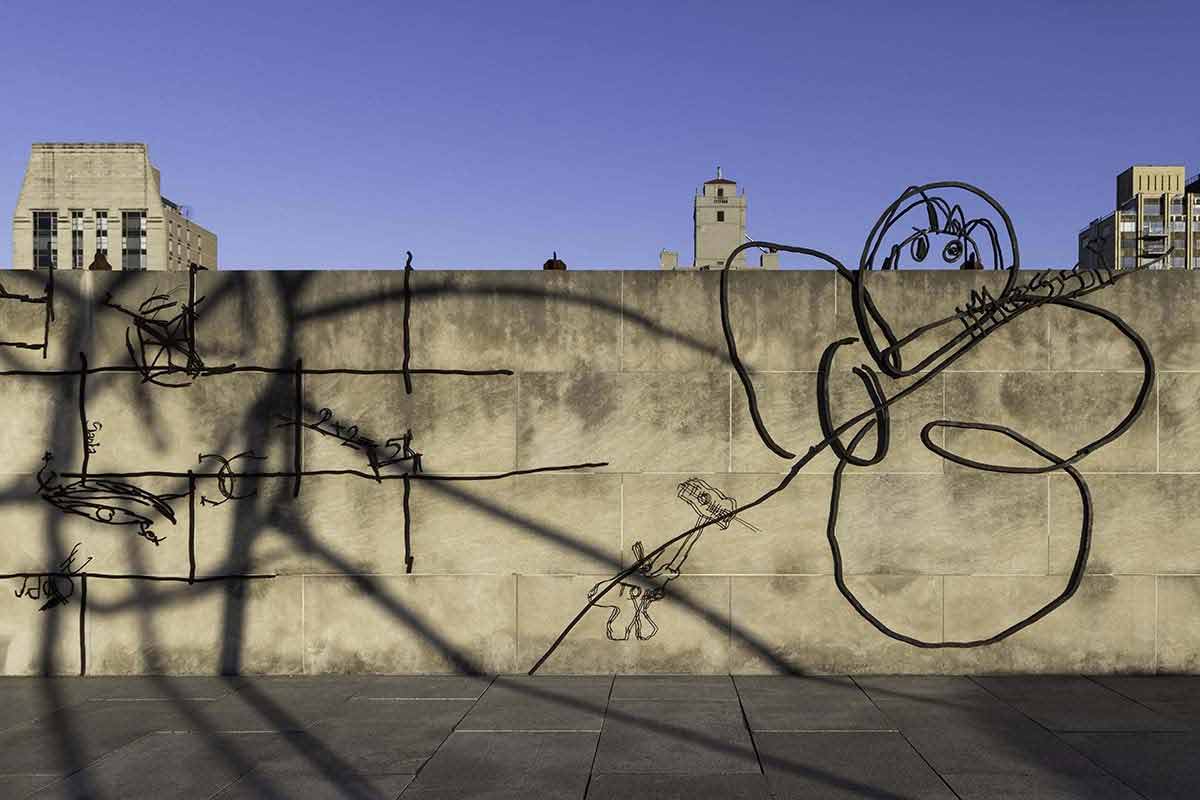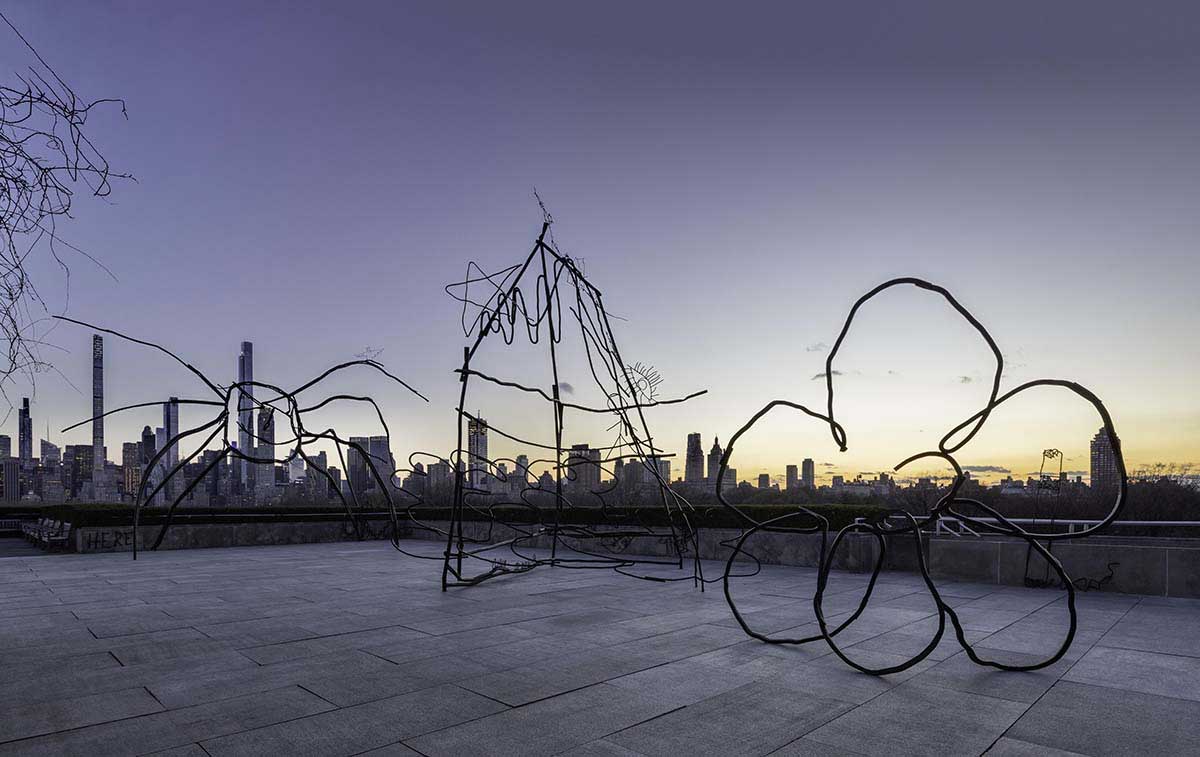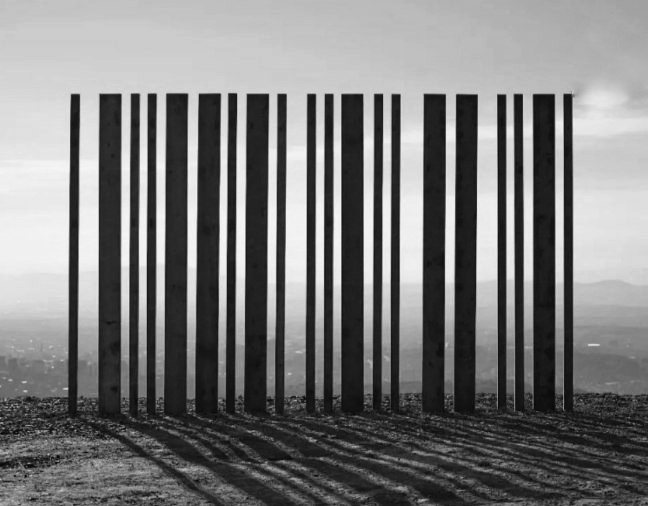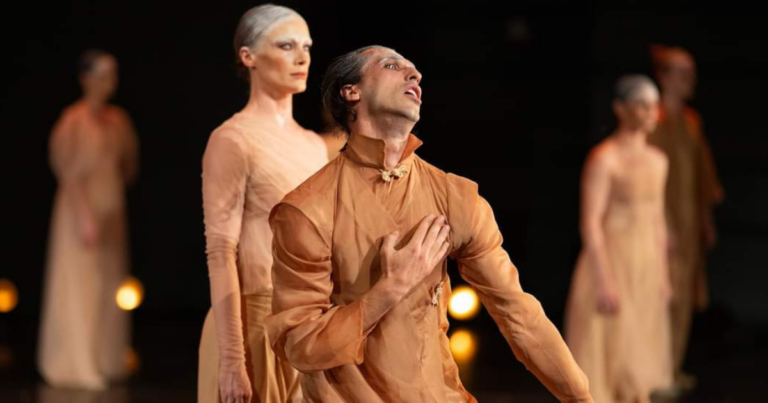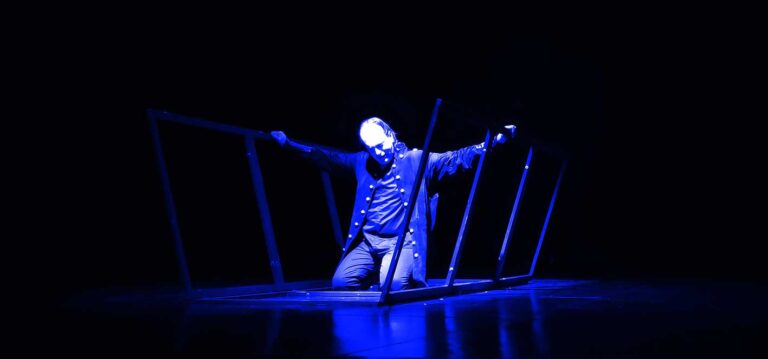Abetare
Milot Gusia
Reflection on the installation "Abetare" by Petrit Halilaj
We all had our childhood moments when, listening to a boring conversation, got lost in thoughts and started writing random things or doodles in a piece of paper. The large-format installation by artist Petrit Halilaj resounds these casual children's drawings by turning them into monumental sculptures, to completely transform the rooftop spaces of the Metropolitan Museum of Art in New York.
Halilaj's unique work explores the world of child's fantasies, which are expressed through drawings and doodles made on school desks. The desks that artist studied belonged to children of many generations in his childhood school of Runik in Kosovo, but also the desks of children in schools of Albania and the region of former Yugoslavia.
According to artist detailed research, students' drawings showed interesting cross-cultural connections, both in the representation of life experiences and in forms of expression. The consistencies were so great that it is not considered a coincidence that children of all cultures had a similar "style" of drawing.
In their drawings, children expressed their wishes, dreams, hopes and life expectations, but also their fears, pains and worries. Their drawings expressed the reality of their life experiences that threaded their present with their past and their future.
When dealing with children's drawings, we don’t say “the child draws”, but “something is drawn by a child”, thus referring to the inner feelings and images that influence the children’s drawing processes (A. Krenz "The Secret of Children's Drawings")
The purposes of children's drawings is to express themselves or to release some form of stress. Through drawing, children free themselves from thoughts and feelings that overwhelm them.
There are no right and wrong, beautiful or ugly expressions in children's drawings. When children evaluate themselves and their environment based on emotionally charged values, then their drawings always correspond to what is considered right in their imagination (A Krenz. "The Secret of Children's Drawings").
Therefore, the concept that applies to children`s drawings can be encapsulated in the following: "as a person feels, so he thinks, and as he thinks, so he acts." The life of feelings shapes the direction of children’s thinking and brings a pattern of corresponding behavior (A Krenz. "The Secret of Children's Drawings").
Therefore, there are no correct or objective judgments in the assessment of children`s drawings.
When children present a larger than life figure disproportionately, it is because that figure is of greater importance to their lives. Thus, a spider can be greater than a house.
What can be seen from the summarized materials shows the impact of the socio-cultural changes of this region on the children.
Today`s children are bored by school. When children lose their interest, their system fights and will do everything it can to regroup and stay alert, or it flies.
Doodles keep children from falling asleep, or just staring blankly when their brains are already turned off.
---
Although doodling is considered by teachers to be a distraction, recent research shows otherwise.
According to research, doodling improves attention and memory. In one study, participants who doodled while listening to a boring voice message recalled 29% more information compared to those who did not doodle (Harvard.edu “The Thinking Benefits of Doodling”)
Spontaneous drawings also relieve psychological pressure, making it easier to follow the events. We like to make sense of our lives by creating logical stories, but sometimes, no matter how hard we try, there are gaps that cannot be filled by logic.
Doodles fill in these gaps, perhaps by activating in the brain a time-traveling machine, thus allowing it to find pieces of the lost memories of life's puzzle, bringing them from the past into the present and thus making the image of our life clearer (Harvard.edu “The Thinking Benefits of Doodling”).
Although doodles may seem like random drawings that have no meaning, such as a partial face that suddenly becomes something extraterrestrial, in fact they are not as random as we think.
Doodles can reveal what's going on with the subconscious. In the same way that the apparatus transmits the activity of the brain to a piece of paper, the hand transmits the activity of the subconscious (Harvard.edu "The Thinking Benefits of Doodling").
These installations made by Petrit Halilaj while showing us the children`s genius minds they also remind us of their great influence on avant-garde art. Doodles or random drawings reaches the depths of the subconscious, something like the automatic drawing techniques used by the Surrealists and other modern art movements.
This form of drawing without the control of consciousness thinking allows the hand to be guided by the subconscious, resulting in spontaneous and often abstract compositions. Automatic drawing from a psychological point of view is similar to unconscious body movements (like somnambulism or breathing).
Sigmund Freud had explored the patient’s sub-consciousness through free associations and the art of instinctive painting was influenced by this Freudian approach.
Andre Breton, the French poet and founder of Surrealism, had discovered automatic drawing as a form of accessing the deepest parts of the artist's psyche.
Pablo Picasso and other artists used automatism and surrealism, while expanding it beyond drawing into painting and other artistic mediums (I. Meyer. "Automatic Drawing – Exploring the Art of the Subconscious")
The art of the subconscious is closely related to processes that take place outside of consciousness, such as dreams, intuition and spontaneous imagination. It enables the release of experiences that otherwise remain hidden.
Therefore, unconscious drawing communicates the hidden mysteries of the human imagination.
When children find themselves stuck or feeling "incomplete," a short escape through doodles is just what they need. This allows for a more creative problem solving solutions.
In Halilaj's sculptural installations, as in the children`s drawings, we find myriad of elements, or the so-called graphemes, basic signs, which extend from dots to various vertical, diagonal and horizontal lines along with curved, zigzag and wavy lines to spirals, circles and open lines.
Each sign or grapheme corresponds to a specific stage of development in life. What is worth noting is the frequency of repetition of a particular sign.
Through drawings, we can also observe the children's personality levels. Also, we can look at three elements: past, present and future. The drawings give us information about which period the student is living more strongly, cognitively and emotionally.
What is more surprising is that even 26 of the 44 presidents of the United States have doodled during meetings. Theodore Roosevelt had unconsciously drawn animals, Ronald Reagan cowboys and football players, while John F. Kennedy had made dominoes through doodling.
Every child's drawing, no matter how random it seems, has a vital meaning. Therefore, children’s drawings are a very valuable archive that helps us understand their world, reveal their inner values and draw relevant conclusions. We always accept children's drawings with respect and appreciation, since they are trusting us with their "soul’s diary."
Therefore, Petri Halilaj's work, precisely being rooted in his personal history but also that of other children today, manages to reveal the soul diaries of the children of the region.
Interview with artist —Petrit Halilaj: The Roof Garden Commission, Abetare | Met Exhibitions
References:
- Armin Krenz. “The Secret of Children’s Drawings” linku: https://www.waldorflibrary.org/articles/1238-the-secret-of-childrens-drawings.)
- Harvard.edu “The Thinking Benefits of Doodling” linku: https://www.health.harvard.edu/blog/the-thinking-benefits-of-doodling-2016121510844
- Isabella Meyer. “Automatic Drawing – Exploring the Art of the Subconscious”. Linku: https://artincontext.org/automatic-drawing/)
- ChertLüdde Gallery. Petrit Halilaj. Linku i galerisë: https://chertluedde.com/artist/petrit-halilaj/
- The Metropolitan Museum of Modern Art. The Roof Garden Commission: Petrit Halilaj, Abetare. Linku: https://www.metmuseum.org/exhibitions/the-roof-garden-commission-petrit-halilaj

About the author
Milot Gusia works as a professor and editor, as well as a critic in the local and international art scene. He has worked on a number of programs in the field of art and culture.
He completed his master's studies in Graphic Design at the University of Pristina, as well as his MBA studies at Staffordshire University, Great Britain.

